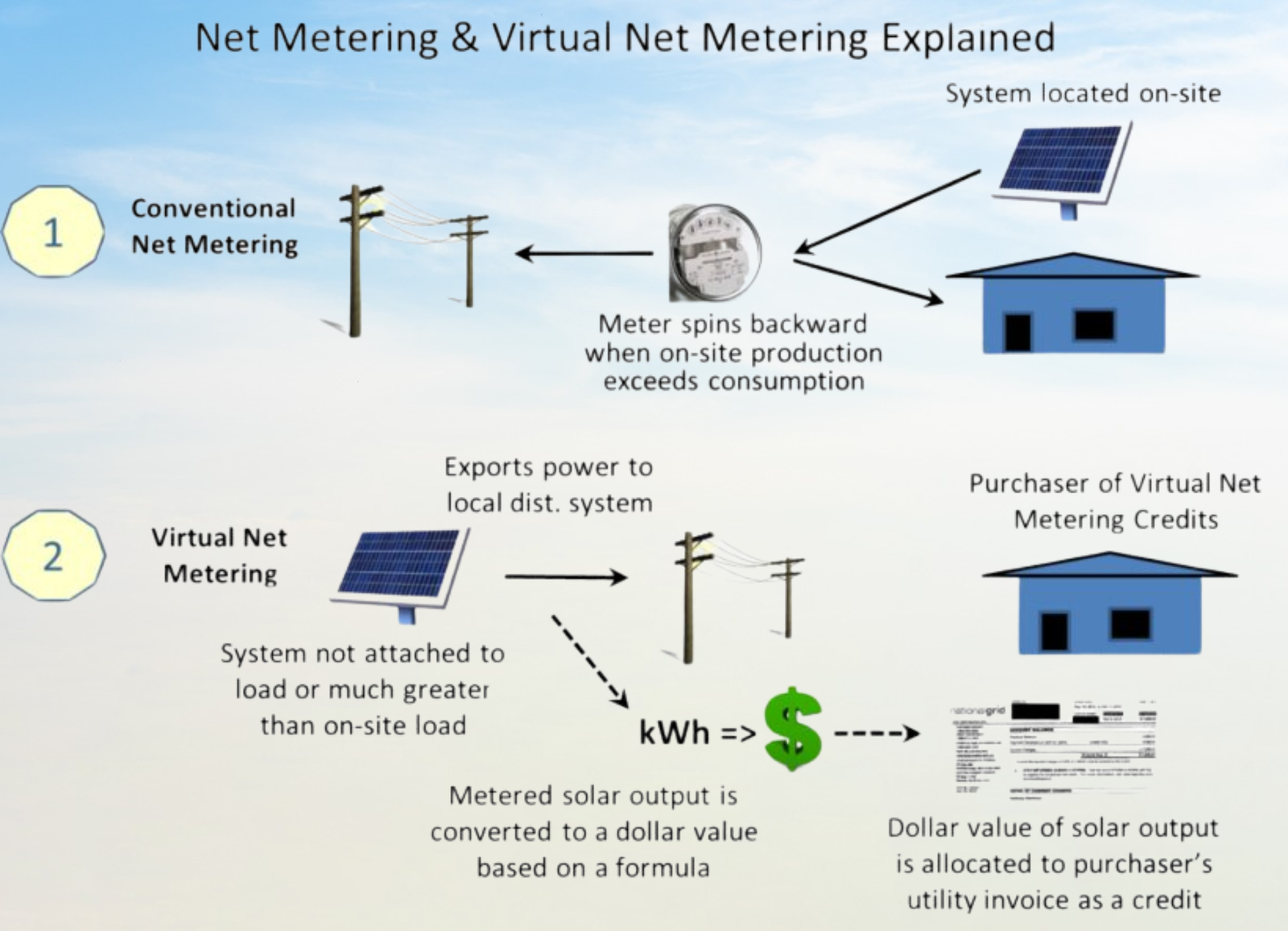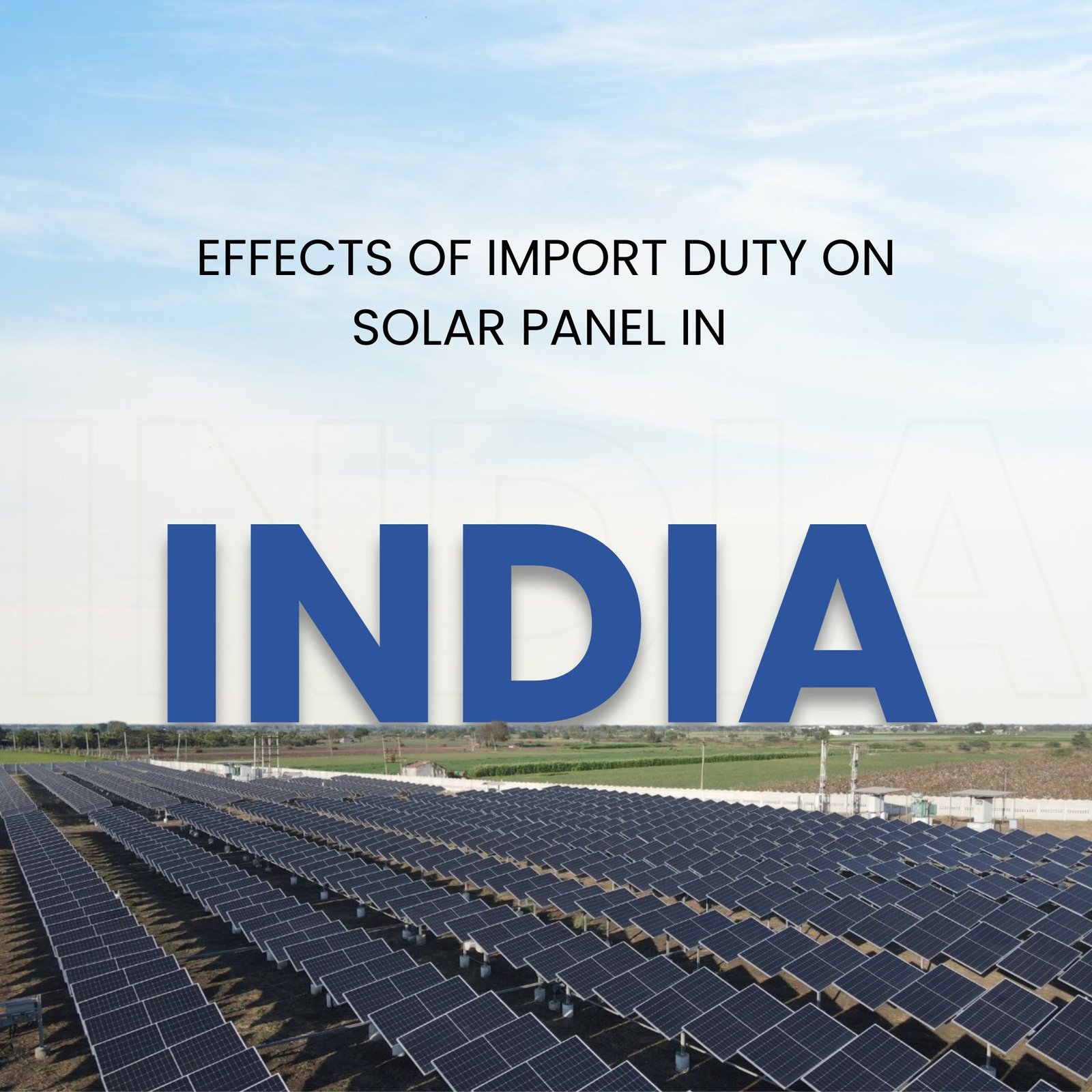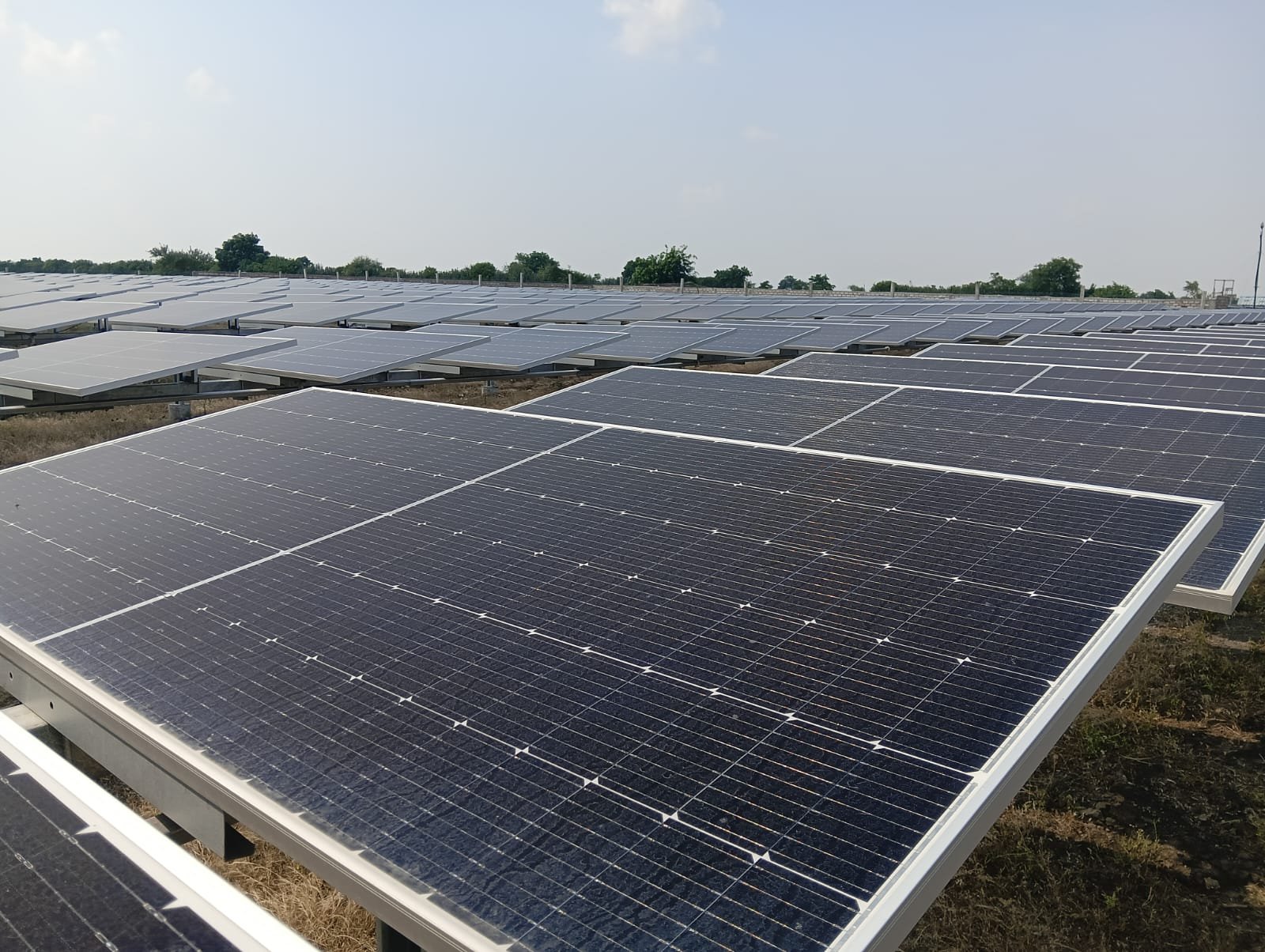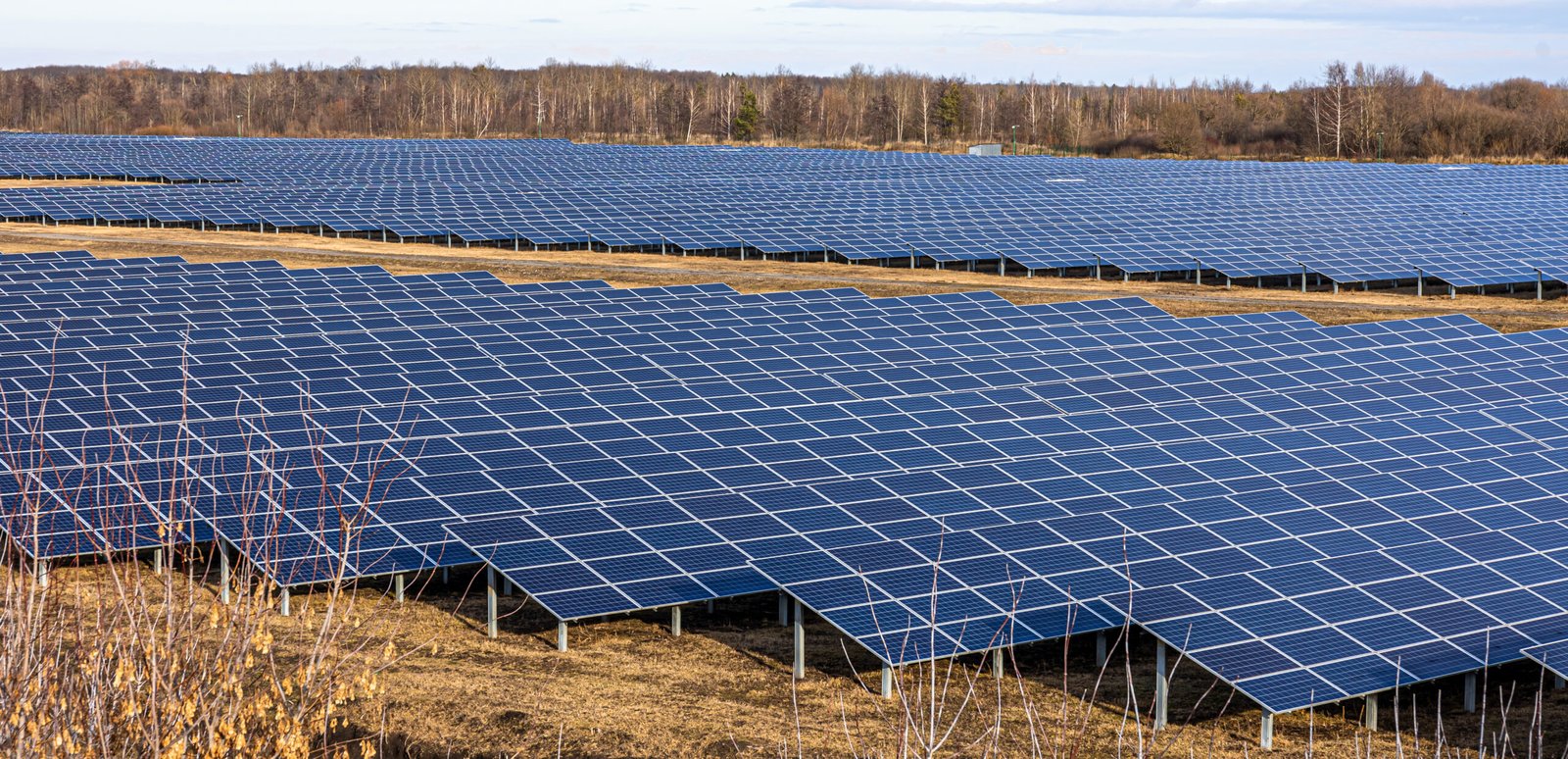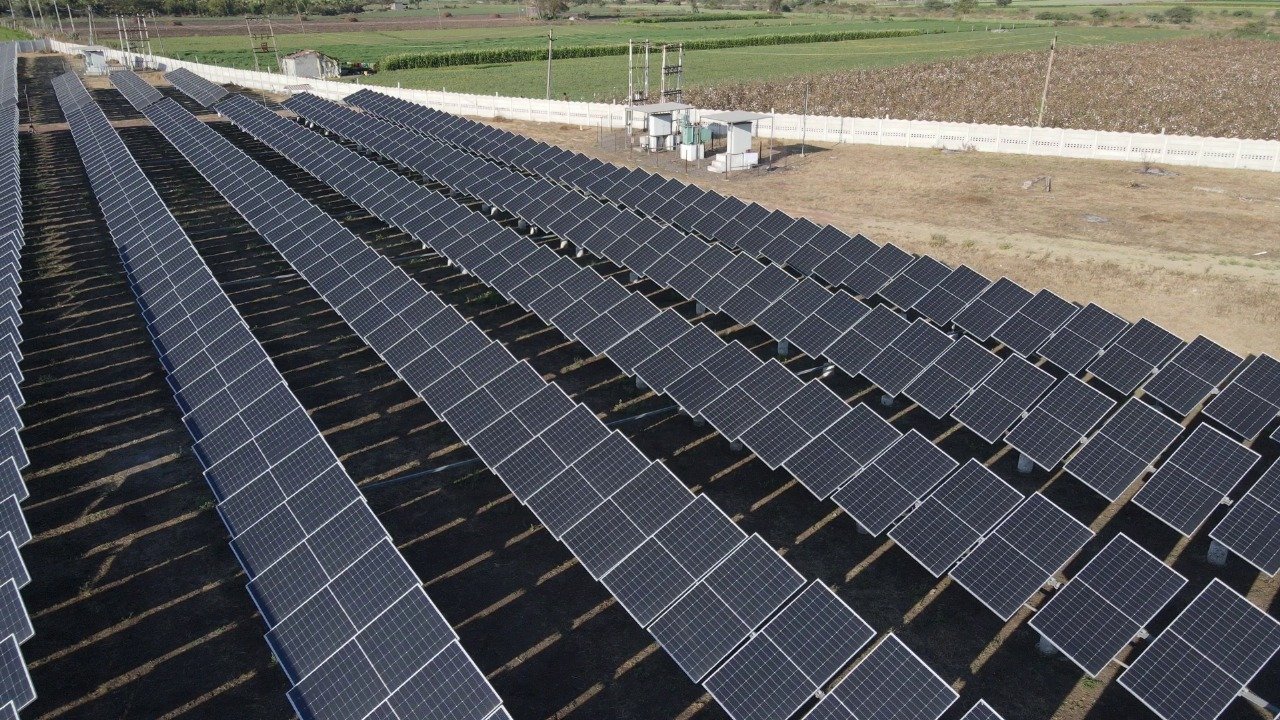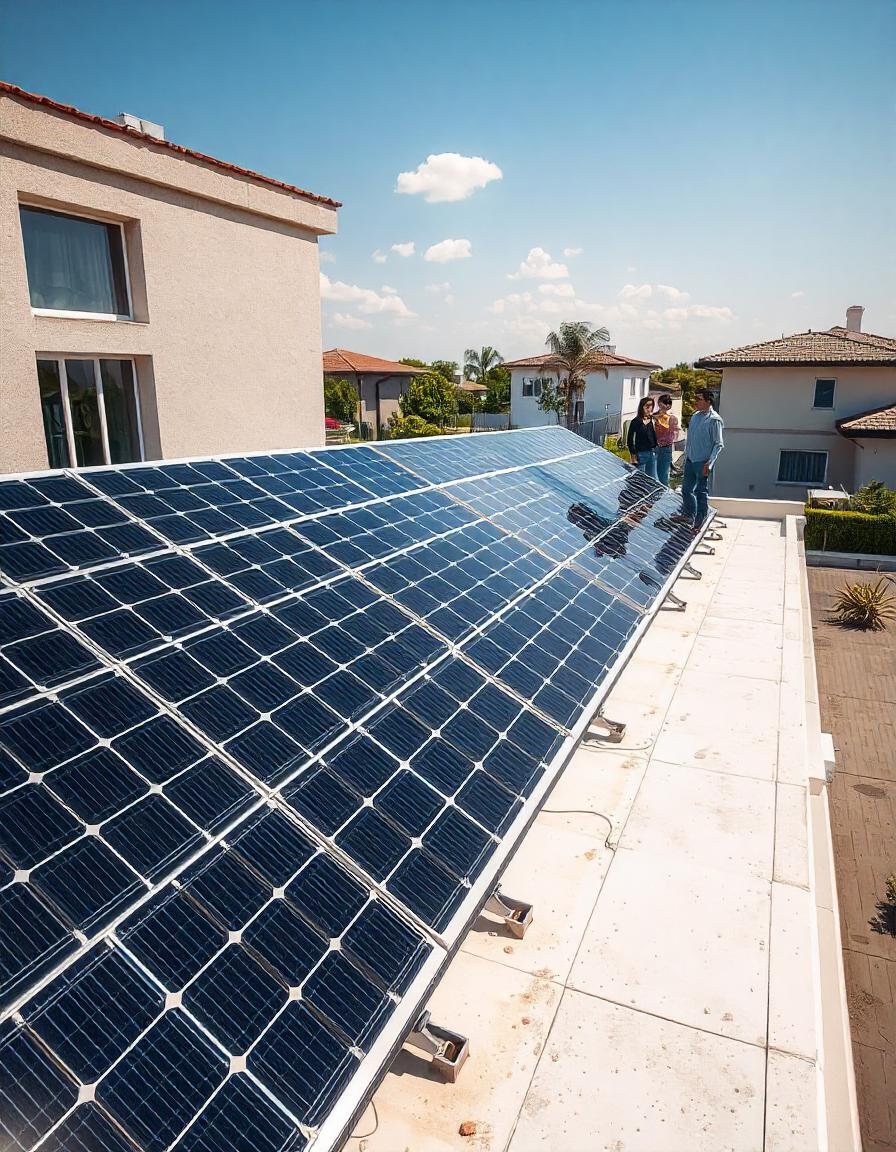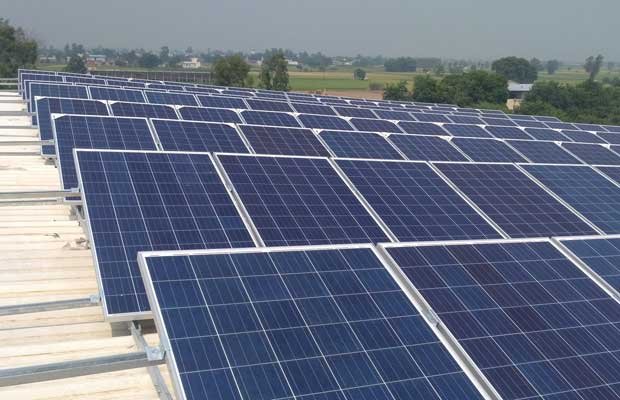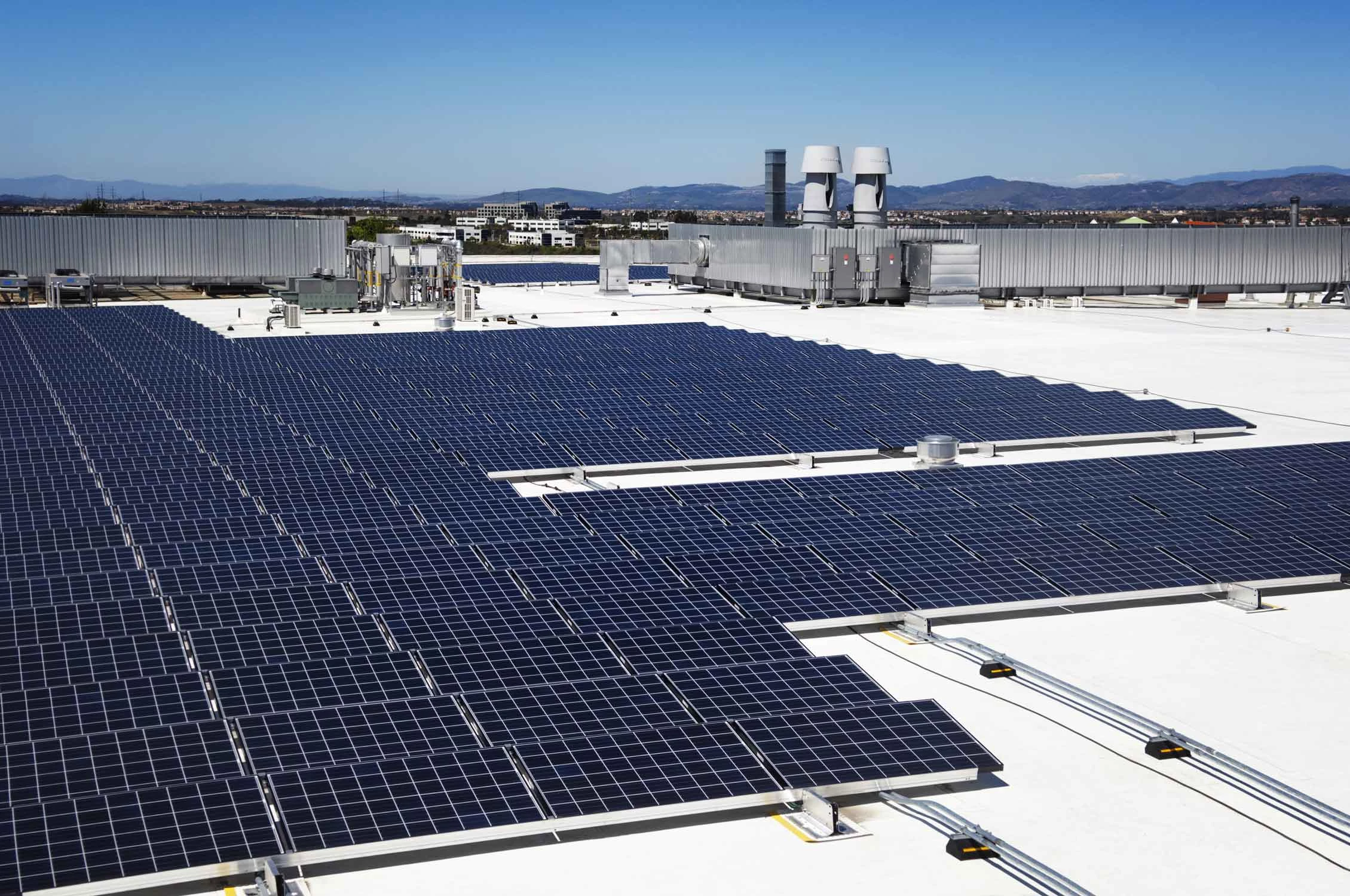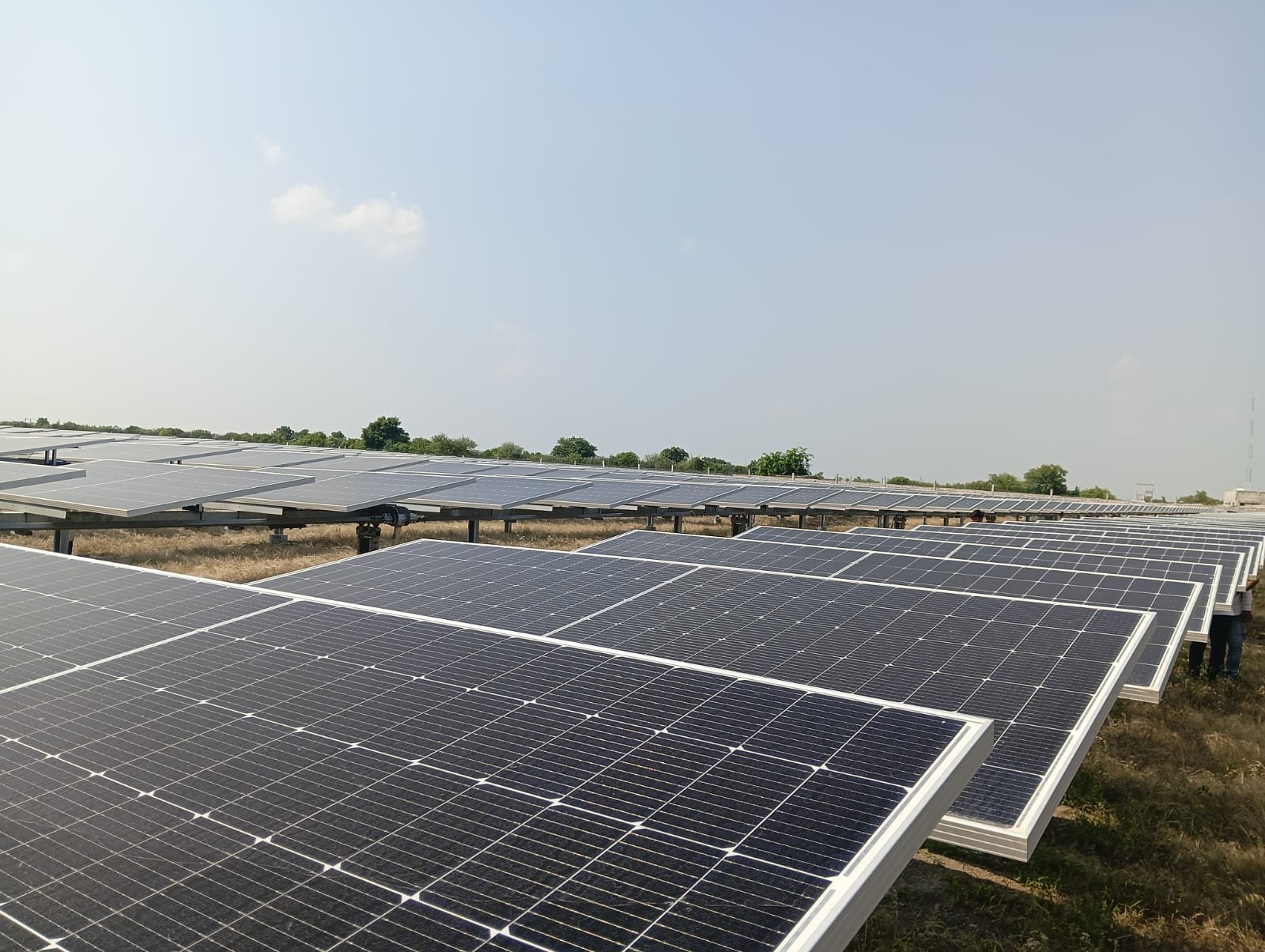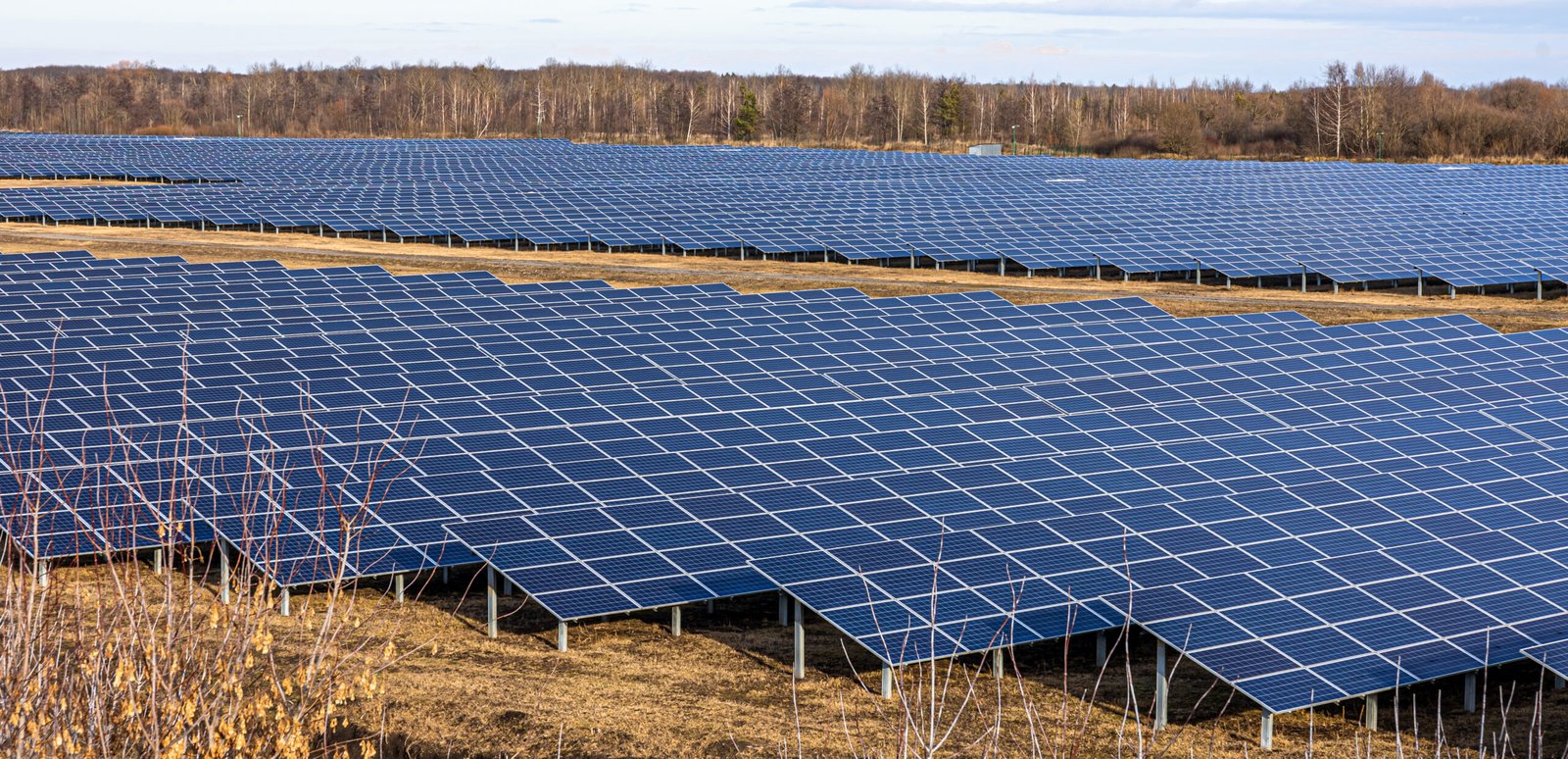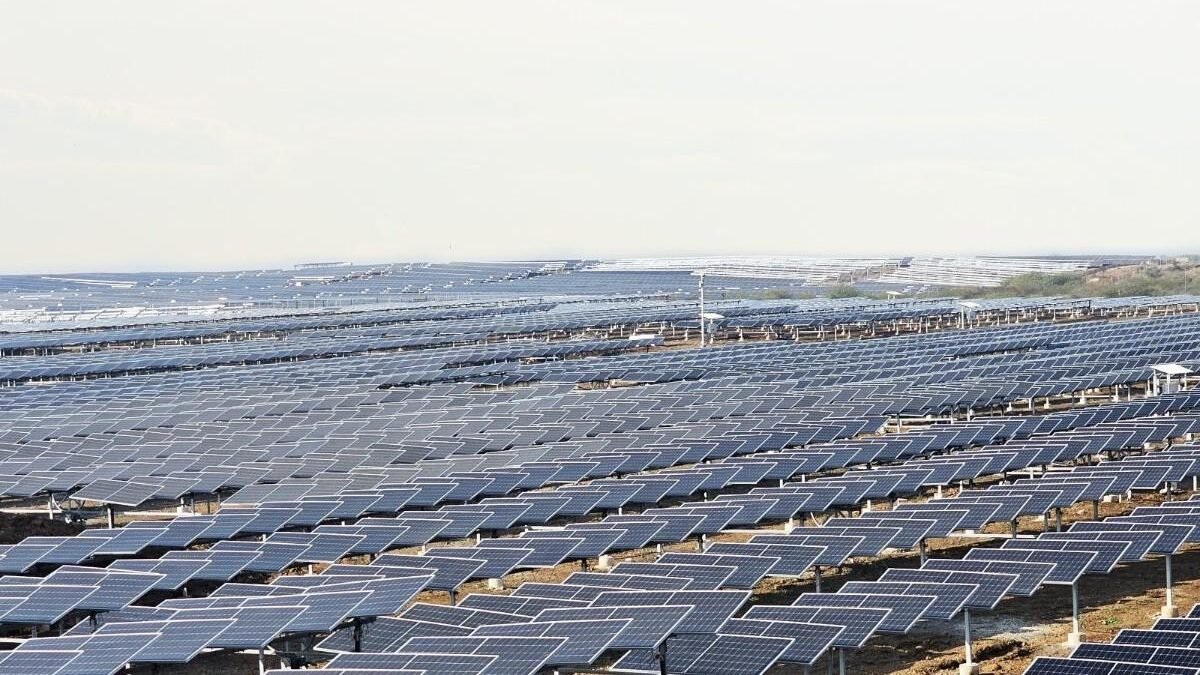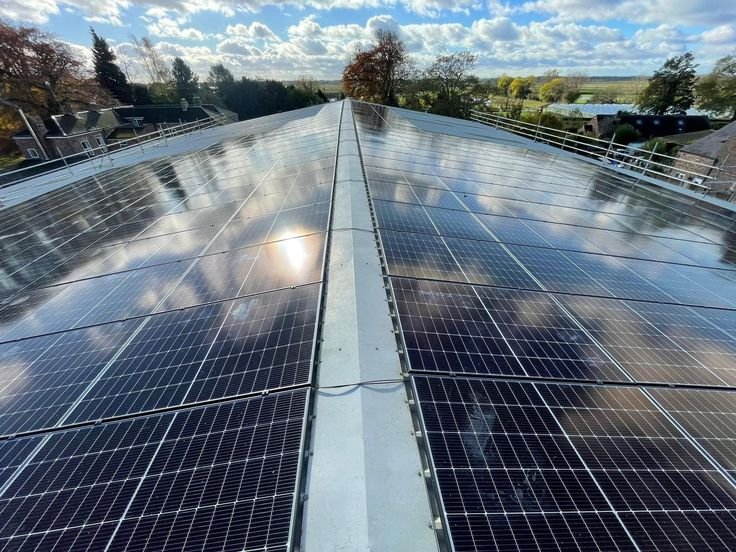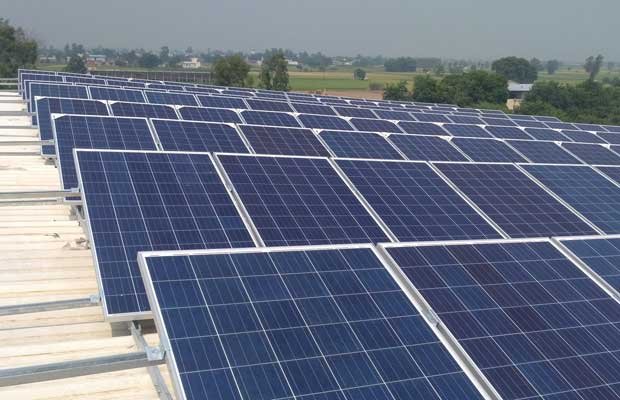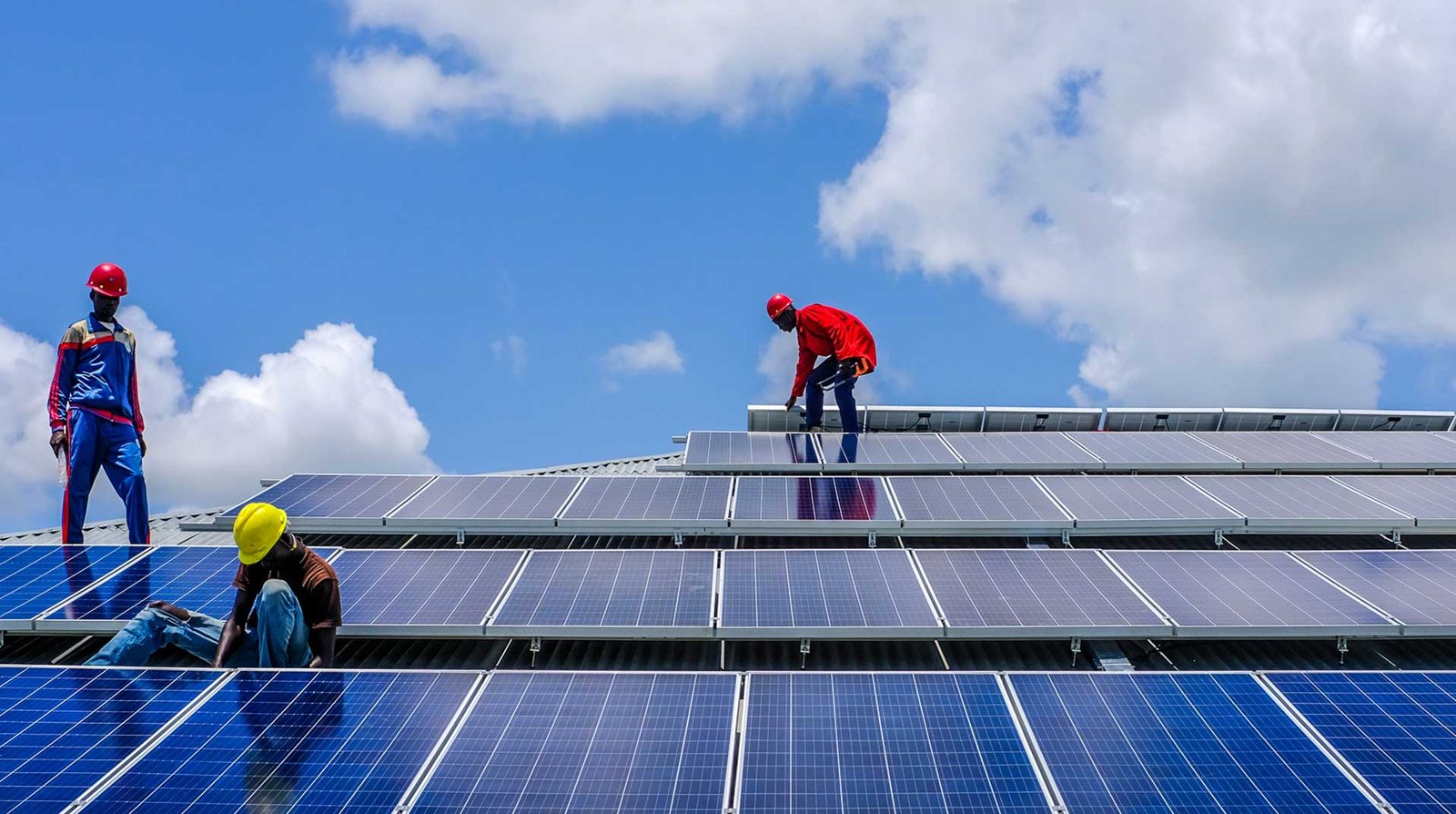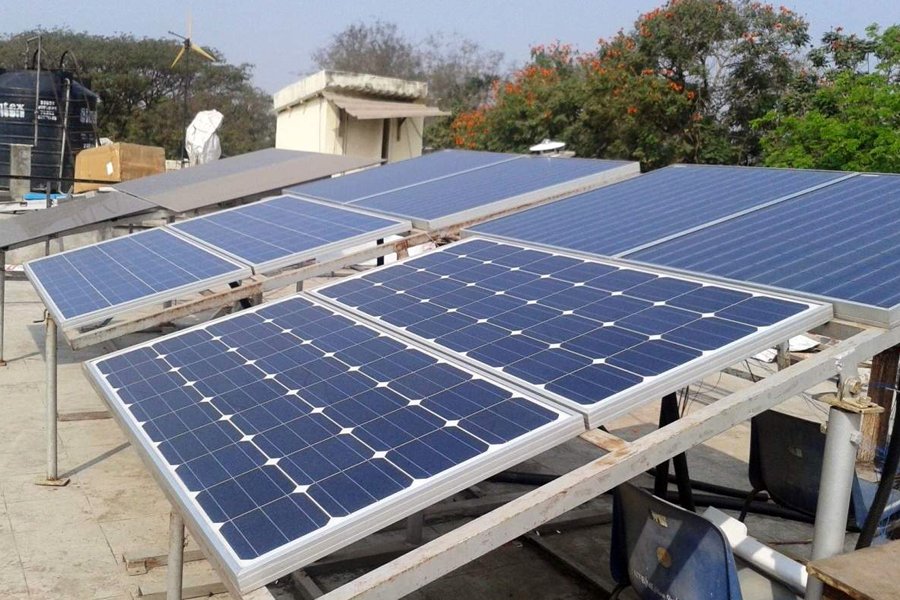As the world shifts toward sustainable energy solutions, solar power continues to rise as a clean and cost-effective option. With the global solar industry booming, homeowners and businesses are increasingly turning to net metering solar systems to maximize savings and efficiency. This innovative billing mechanism allows solar system owners to earn credits for the electricity they feed back into the grid, ultimately reducing their monthly utility bills.
Table of Contents
This comprehensive guide will explore everything you need to know about net metering solar, including how it works, its benefits, state-wise regulations, installation requirements, and tips for maximizing your savings.
What is Net Metering Solar?
Net metering solar is a billing mechanism that enables owners of solar energy systems to receive credit for the electricity they contribute to the grid. When your solar panels produce more electricity than your home consumes, the surplus is sent back to the grid, and your utility account is credited accordingly. Later, when your system isn’t generating enough electricity—such as during nighttime or cloudy days—you can draw power from the grid, utilizing those accumulated credits. Essentially, net metering solar allows you to “store” excess electricity as credits, reducing the need for expensive battery storage systems.
This system not only lowers electricity bills but also enhances the return on investment for solar installations. By promoting energy independence and reducing reliance on non-renewable power sources, net metering solar plays a vital role in advancing clean energy adoption.
How Does Net Metering Work?
When your solar panels produce more electricity than your home or business consumes, that surplus energy is sent to the grid. Through net metering, your electricity provider tracks the amount of power you contribute and gives you a credit—usually at retail rate—which you can use later when your system isn’t producing enough energy (like at night or during cloudy days).
Here’s a step-by-step breakdown of how net metering solar functions:
- Solar Panel Generation: During the day, your solar panels generate electricity using sunlight.
- Power Usage and Surplus: Your home uses the generated power. Any surplus electricity is sent to the grid.
- Meter Reversal: A bi-directional meter records both the power you consume and the power you export.
- Bill Credits: For the electricity exported, you earn credits from your utility provider.
- Offset Consumption: At night or during low production, you draw power from the grid, and the credits offset the charges.
Benefits of Net Metering Solar
Net metering solar offers a range of benefits that make it an attractive option for homeowners and businesses considering solar energy. Here are some key advantages:
1. Significant Cost Savings
Net metering allows solar panel owners to receive credits for excess electricity they feed into the grid. These credits can offset the cost of electricity drawn from the grid when solar production is low, leading to substantial reductions in utility bills over time.
2. Accelerated Return on Investment
By reducing monthly electricity expenses, net metering shortens the payback period for solar installations. This means homeowners and businesses can recoup their initial investment more quickly, enhancing the financial viability of solar energy systems.
3. Enhanced Grid Efficiency
Excess energy generated by solar panels is fed back into the grid, supplying additional power during peak demand times. This not only supports the grid’s stability but also reduces the need for utilities to invest in additional infrastructure.
4. Environmental Benefits
Utilizing solar energy through net metering decreases reliance on fossil fuels, leading to a reduction in greenhouse gas emissions. This contributes to cleaner air and a healthier environment.
5. Encouragement of Renewable Energy Adoption
Net metering policies incentivize the installation of solar panels by making them more economically attractive. This promotes the growth of renewable energy usage, supporting broader sustainability goals.

Net Metering vs. Gross Metering
| Feature | Net Metering | Gross Metering |
|---|---|---|
| Definition | Allows excess solar energy to be fed into the grid, with credits used to offset future consumption. | All generated solar energy is fed directly to the grid, and the owner is compensated for it. |
| Metering Type | One bi-directional meter tracks both consumption and generation. | Two separate meters: one for consumption and one for generation. |
| Energy Usage | Energy generated offsets your energy consumption; only the net difference is billed. | All generated energy is sent to the grid, and energy consumption is billed separately. |
| Billing Mechanism | Billed based on the net energy consumed (total usage minus total generation). | Paid for the electricity generated and billed for the electricity consumed. |
| Compensation Rate | Typically compensated at or near the retail electricity rate for excess generation. | Compensated at a lower feed-in tariff rate for the energy sent to the grid. |
| Ideal For | Residential users who consume a significant portion of the energy they generate. | Commercial or large-scale installations where most of the energy is sold to the grid. |
| Energy Storage | No need for external storage as the grid acts as storage through credits. | No offset for personal use; energy is sold directly to the grid, and there is no storage benefit. |
| Return on Investment | Can provide quicker ROI by reducing electricity bills directly through self-consumption. | ROI depends on the feed-in tariff and the total amount of energy generated and sold to the grid. |
Net Metering Policy in Different Countries
Each country handles net metering solar differently, often influenced by its energy goals and infrastructure:
United States
Net metering in the U.S. is regulated at the state level, with policies varying depending on the region. California allows homeowners with solar power systems to receive full retail credits for excess electricity they produce. Net Energy Metering 3.0 (NEM 3.0) has reduced compensation rates for excess solar power and introduced new charges for solar customers to ensure grid stability and fairness. Some states, like Hawaii, have implemented modifications to net metering, capping the amount of energy that can be credited. California has implemented NEM 3.0, reducing compensation rates for excess solar generation and introducing new charges for solar customers. Legislators are considering a bill to reduce payments for surplus electricity generated by rooftop solar panels.
India
India’s net metering policies are governed by the Ministry of Power’s Electricity (Rights of Consumers) Rules 2020. For rooftop solar systems with a capacity up to 500 kW or the sanctioned load, net metering is permitted. For systems exceeding this capacity, gross metering applies, where all generated electricity is fed into the grid and consumers are compensated. India introduced a nationwide net metering policy under the Electricity Act 2003, incentivizing rooftop solar systems to send excess power back to the grid in exchange for credits. The Ministry of New and Renewable Energy (MNRE) outlines the framework, but states have their own rules. Caps and restrictions vary depending on the state’s grid capacity and regulations.
United Kingdom
The UK has transitioned from a feed-in tariff system to the Smart Export Guarantee (SEG) in 2020, where solar energy owners are paid for the electricity they send back to the grid. This compensation model, similar to net metering, encourages residential solar adoption. However, regional variations in SEG rates mean that compensation for exported electricity is not standardized across the country.
Germany
Germany has transitioned from offering feed-in tariffs for solar energy to a self-consumption model through net metering. This model allows homeowners to consume a portion of their solar energy and receive compensation for the surplus. This shift aims to encourage self-consumption and reduce grid dependency. The system encourages residents to store energy for use during nighttime or peak demand periods, with compensation provided at lower rates compared to retail prices. However, some German regions offer favorable conditions for net metering, while others focus on optimizing grid-connected installations.
Australia
Australia uses both net metering and gross metering models, with policies varying by state. In some states, like Queensland, solar owners receive credits for excess electricity, while in others, like Victoria, all solar generation is sent to the grid with payments based on feed-in tariffs. In states with net metering, consumers are encouraged to use their solar energy to reduce grid consumption, with the feed-in tariff typically lower than retail rates. Australia’s net metering policies support its ambitious renewable energy targets, aiming for 50% of electricity to be sourced from renewables by 2030.

Net Metering in India: State-Wise Overview
Here’s a comprehensive state-wise overview of India’s Net Metering Solar policies for rooftop solar installations, highlighting key features such as eligibility, capacity limits, banking norms, and compensation rates:
| State/UT | Eligibility | Capacity Limit | Banking Norms | Compensation |
|---|---|---|---|---|
| Delhi | All consumers | Up to 1 MW | Yearly | 100% of sanctioned load, credit at retail tariff |
| Maharashtra | All consumers | Up to 500 kW | Yearly | Lower than retail rate, phased for large systems |
| Gujarat | All consumers | Up to 1 MW | Yearly | 50% of sanctioned load, credit at retail tariff |
| Tamil Nadu | LT consumers (excluding agriculture) | Up to 999 kW | Yearly | 100% of sanctioned load, credit at retail tariff |
| Karnataka | All consumers | Up to 1 MW | Monthly | 100% of sanctioned load, credit at retail tariff |
| Uttar Pradesh | All consumers | Up to 2 MW | Yearly | 100% of sanctioned load, credit at retail tariff |
| Rajasthan | All consumers | Up to 1 MW | Yearly | 100% of sanctioned load, credit at retail tariff |
| Haryana | All consumers | Up to 2 MW | Yearly | 100% of sanctioned load, credit at retail tariff |
| Kerala | All consumers | Up to 1 MW | Yearly | 80% of sanctioned load, credit at retail tariff |
| Punjab | All consumers | Up to 1 MW | Yearly | 80% of sanctioned load, credit at retail tariff |
| Andhra Pradesh | All consumers | Up to 1 MW | Quarterly | ₹2.09 per unit (flat rate) |
| Telangana | All consumers | Up to 1 MW | Half-yearly | APPC-based compensation |
| West Bengal | All consumers | Up to 5 MW | Yearly | No state subsidy, MNRE applies |
| Madhya Pradesh | All consumers | Up to 1 MW | Yearly | No state subsidy, MNRE applies |
| Uttarakhand | All consumers | Up to 1 MW | Yearly | No state subsidy, MNRE applies |
| Goa | All consumers | Up to 1 MW | Yearly | No state subsidy, MNRE applies |
Most states now encourage net metering solar adoption under the Ministry of Power’s grid-connected rooftop solar program.

Eligibility and Requirements for Net Metering
Eligibility Criteria
- Consumer Type: Available to residential, commercial, industrial, and government consumers.
- Electricity Connection: Must possess a valid electricity connection with the local Distribution Company (DISCOM).
- Roof Ownership: The consumer should own or have legal possession of the rooftop or land where the solar system will be installed.
- System Capacity: The installed solar system capacity should not exceed the sanctioned load of the consumer.
- Technical Specifications: The system must comply with the technical standards set by the Central Electricity Authority (CEA) and DISCOMs.
Application Process
- Application Submission: Submit an application to the local DISCOM, providing details of the proposed solar system.
- Site Inspection: DISCOM conducts a site inspection to assess the feasibility of the installation.
- Agreement Signing: Upon approval, sign a net metering agreement outlining the terms and conditions.
- Installation: Install the solar system as per the approved design and specifications.
- Metering Setup: DISCOM installs a bi-directional net meter to measure both consumption and export of electricity.
- Commissioning: After successful installation and inspection, the system is commissioned, and net metering is activated.
Required Documents
- Proof of identity and address (e.g., Aadhaar, passport).
- Proof of ownership or legal possession of the rooftop or land.
- Sanctioned load details from the DISCOM.
- Technical specifications of the proposed solar system.
- Completed application form as per DISCOM guidelines.
Step-by-Step Process for Net Metering Installation
1. Initial Consultation & Site Assessment
- Objective: Evaluate your energy needs and assess the suitability of your rooftop for solar installation.
- Actions:
- Review your electricity consumption patterns.
- Inspect roof orientation, shading, and structural integrity.
- Determine optimal system size and type.
2. System Design & Proposal
- Objective: Develop a customized solar solution tailored to your requirements.
- Actions:
- Prepare a detailed layout of solar panels and inverters.
- Estimate expected energy generation and savings.
- Provide a cost estimate, including potential subsidies.
3. Documentation & Approvals
- Objective: Obtain necessary permissions and subsidies.
- Actions:
- Submit a net metering application to your local DISCOM.
- Provide required documents, such as property proof and sanctioned load details.
- Apply for central or state subsidies, if eligible.
4. Installation of Solar System
- Objective: Set up the solar system as per the approved design.
- Actions:
- Install solar panels, inverter, and associated wiring.
- Ensure compliance with safety and technical standards.
- Conduct internal inspections to verify system functionality.
5. Inspection & Commissioning
- Objective: Ensure the system meets all regulatory and technical requirements.
- Actions:
- Schedule a site inspection by a DISCOM engineer.
- Address any issues identified during the inspection.
- Obtain final approval and commissioning certificate.
6. Installation of Bi-Directional Meter
- Objective: Enable net metering for tracking energy export and import.
- Actions:
- Request installation of a bi-directional meter from your DISCOM.
- Coordinate with DISCOM for meter installation and activation.
7. Activation & Monitoring
- Objective: Keep the system running efficiently.
- Actions:
- Perform periodic maintenance, including cleaning solar panels and checking system performance.
- Monitor system performance regularly to ensure the panels are generating the expected power.
- Ensure that your energy credits are properly accounted for by the DISCOM.
Financial Implications and ROI of Net Metering
With a net metering solar system:
- You can save up to 90% on your electricity bills.
- ROI typically occurs within 4-6 years depending on system size and local tariffs.
- Net metering increases property value and decreases reliance on rising grid rates.
- Government subsidies and incentives (like MNRE subsidies) can cover up to 40% of system costs.
Challenges and Limitations
1. Regulatory Variations Across States
Net Metering Solar policies differ from state to state, leading to inconsistencies in implementation. Some states have imposed limits on the capacity eligible for net metering, such as capping rooftop solar systems at 10 kW, which restricts the potential for larger installations .
2. Approval Delays and Bureaucratic Hurdles
The process to obtain approvals for Net Metering Solar installations can be time-consuming and complex. Bureaucratic delays in paperwork and regulatory processes often discourage potential adopters.
3. Grid Management Challenges
Integrating Net Metering Solar systems into the existing grid poses technical challenges. Fluctuations in solar power generation can lead to voltage imbalances, and the bidirectional flow of electricity complicates grid management.
4. High Initial Investment
The upfront cost of installing a Net Metering Solar system, including solar panels, inverters, and associated equipment, can be substantial. Although subsidies are available, the initial financial burden remains a barrier for many .
5. Limited Availability in Certain Areas
Not all regions in India have adopted Net Metering Solar policies. In areas where net metering is not available, homeowners and businesses cannot benefit from the advantages of exporting excess solar energy to the grid.
6. Technical Issues and Safety Concerns
Net Metering Solar systems can cause technical problems such as voltage fluctuations, electrical disturbances, and unintentional islanding, where the solar system continues to supply electricity during a grid outage, posing safety risks .
Future of Net Metering Solar
The future of Net Metering Solar is bright and promising, driven by advancements in smart grids, energy storage, and supportive policies. Virtual Net Metering (VNM) is expanding access to solar energy for those without suitable rooftops, while technologies like blockchain and IoT are making systems smarter and more efficient. Governments are streamlining regulations to promote adoption, especially in the commercial and industrial sectors, where net metering helps reduce high electricity costs. As solar panel prices drop and ROI improves, Net Metering Solar will play a key role in achieving global clean energy goals and building a sustainable future.

Tips to Maximize Savings with Net Metering
If you’re planning to install a net metering solar system, keep these tips in mind:
- Optimize Solar System Size: Match solar panel system to household’s energy consumption to prevent overproduction.
- Align Energy Usage with Peak Solar Production: Schedule energy-intensive activities during peak sunlight hours to maximize solar-generated electricity use.
- Invest in Energy-Efficient Appliances: Upgrade to reduce overall electricity consumption, allowing solar system to cover larger energy needs.
- Utilize Energy Monitoring Tools: Track household’s energy production and consumption in real-time to identify patterns and adjust usage.
- Consider Battery Storage Solutions: Store excess energy for nighttime or cloudy periods to reduce grid dependence and provide backup power.
- Stay Informed About Net Metering Policies: Stay updated on local policies to understand how credits are calculated and adapt energy usage.
FAQs on Net Metering Solar
Q1. What is Net Metering in Solar?
A: Net metering is a billing mechanism that allows solar energy users to feed surplus electricity back into the grid. When your solar panels generate more power than you need, the extra energy is sent to the local power grid, and you receive credits against your electricity consumption. This system helps balance energy use, making it an attractive option for both homeowners and businesses.
Q2. How Does Net Metering Work?
In a Net Metering Solar setup, your solar panels generate electricity from sunlight. If energy production exceeds consumption, the excess power is fed into the grid via a bi-directional meter. You receive credits based on your state’s net metering policy. At the end of the billing cycle, these credits offset your electricity bill. If your consumption exceeds production, you pay the net difference.
Q3. Who is Eligible for Net Metering in India?
Most residential, commercial, and industrial electricity consumers are eligible for net metering, provided they have a rooftop solar system installed and meet the technical requirements set by their respective State Electricity Regulatory Commission (SERC). Eligibility criteria may vary by state.
Q4. How Can I Apply for Net Metering Solar?
To apply for Net Metering Solar, contact your local Distribution Company (DISCOM) for application forms and requirements. Typically, you submit identification, proof of roof rights, and system details. After approval and inspection, the DISCOM will install a bi-directional net meter.
Q5. What is the Cost of a Net Meter in India?
The cost of a net meter in India varies depending on the state and supplier, typically ranging from ₹5,000 to ₹20,000. This cost may include installation and testing charges.
Q6. Can I Sell Extra Solar Energy to the Grid?
Yes, with Net Metering Solar, any excess solar power generated is fed into the grid, and you receive credits that offset your electricity bill. However, the compensation rates and policies may vary by state.
Q7. How Long Does It Take to Get Net Metering Approval?
The approval process for Net Metering Solar can vary by state and DISCOM. Generally, after submitting the application and required documents, the DISCOM conducts a site inspection. Upon successful inspection, approval is typically granted within 15 days.
9. Are There Government Incentives for Net Metering Solar?
Yes, the Indian government, through the Ministry of New and Renewable Energy (MNRE), offers subsidies and incentives for rooftop solar installations, which can be availed alongside Net Metering Solar benefits.
10. What is the Lifespan of a Solar Power System?
A solar panel typically lasts over 25 years, making it a long-term sustainable investment. Regular maintenance ensures optimal performance throughout its lifespan.
Conclusion
Net Metering Solar is revolutionizing the way we consume and contribute to energy systems. It empowers homeowners, businesses, and industries to take control of their energy usage, reduce electricity bills, and contribute to a greener planet. With numerous financial benefits, government incentives, and growing support across states, adopting Net Metering Solar is not just an environmental choice—it’s a smart financial decision.
By investing in Net Metering Solar, you can make the most of your solar power system, offset your energy costs, and potentially earn from the excess energy you produce. As we move towards a sustainable future, there’s no better time than now to switch to solar and take full advantage of net metering policies.
Ready to Make the Switch? Join the clean energy movement with Soleos Solar Energy. Let us help you install a reliable and efficient solar power system with complete Net Metering Solar support.
